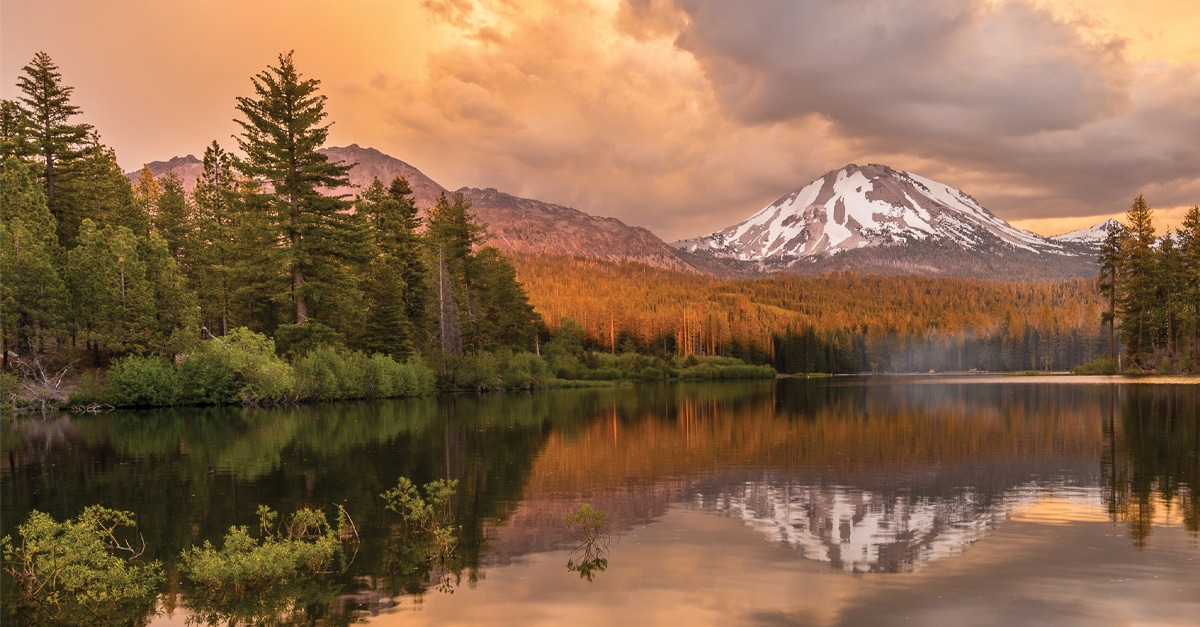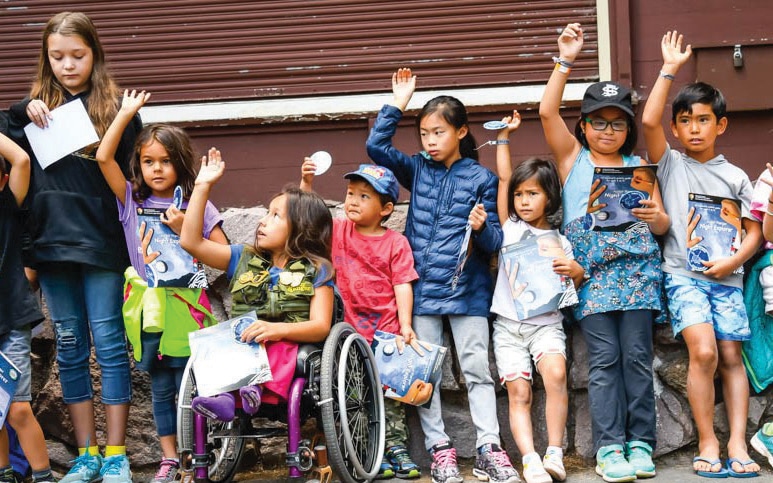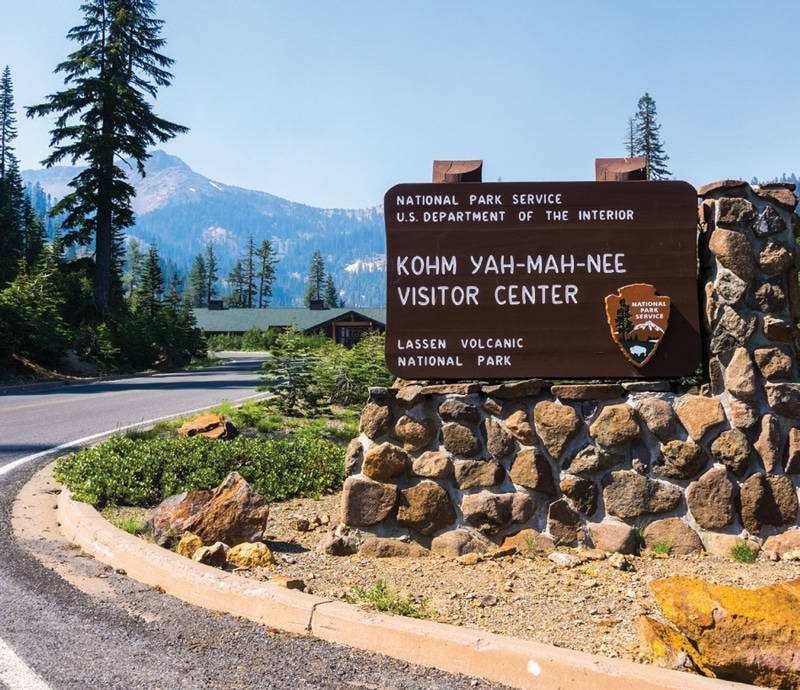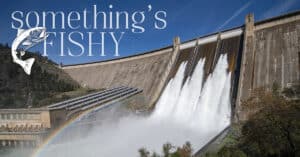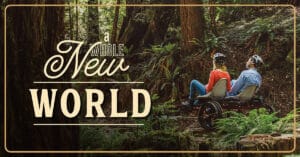Hearing The Call
Making accessibility a reality at Lassen Volcanic National Park…
When the mountains call, especially those in our national parks, they call to everyone. Assuring that all who hear the call can respond is a priority of the staff at Lassen Volcanic National Park, who have been busy making accessibility a reality.
“Everyone should be able to take part in that great American experience of visiting a national park,” says Ranger Kevin Sweeney, public affairs officer and chief of interpretation, education and volunteers at the park. “We still want to appeal to the broadest range of people possible,” he says, and that includes those with mobility issues and impairments of hearing and vision. “It’s important that people feel that parks are built and maintained for them.”
While Lassen Park is not yet where it needs to be, a plan is in place to get there. Some improvements can be seen now – such as the recent restoration of the first mile of the Bumpass Hell Trail that can now be accessed by someone in a motorized wheelchair with some assistance. Others may never be seen by those who don’t need them, but adjustments of bathroom bars by spaces of just a half inch or so are making a vital difference. “We really want to be at the forefront of accessibility places,” says Sweeney, noting that the park can offer a blueprint to becoming accessible to other parks and recreation areas.
It all started with a comprehensive evaluation of the park by a team of National Park Service employees from the Denver Service Center. One was quadriplegic and able to illuminate the experience of visiting the park in a wheelchair. Oftentimes the simplest adaptations, such as widening parking spaces and adjusting door handles, make all the difference. When picnic tables are well-designed, a person with mobility issues can comfortably be welcomed at the table. This employee wore Google glasses connected to an iPad during his tour and was able to bring up codes from the Architectural Barriers Act that will guide needed changes.
The wheels are currently in motion to make the entire Manzanita Lake area as accessible as possible, including the Manzanita Lake Trail. “That’s a big deal,” says Sweeney. “It’s a historical trail so there are legal requirements.” The area, which includes cabins, campgrounds, picnic areas and trails, will be evaluated for the enjoyment of all. “We’re putting taxpayer money to work in a way that provides greater access to all audiences,” he adds.
National parks are becoming ever more popular, especially as people seek safer places to explore through a pandemic. They’ve also become popular destinations for those in retirement. “We’re aging as a population, so making sure people who aren’t as active as they used to be can still enjoy the park is important,” says Sweeney. “The numbers really indicate that this is just the right thing to do.”
While documents such as the guidelines set forth in the Architectural Barriers Act serve as important blueprints for improvements and necessary considerations, Sweeney reflects, “The biggest lesson I’ve learned in this process is that we get caught up in legal definitions. But what can we do today? It may be as simple as moving a rock off a trail. Small adjustments can do big things.” In other words, you don’t necessarily have to move mountains to help more people enjoy the mountains.
The Lassen Park website, designed to support screen readers, offers a pre-planning guide for anyone interested in visiting the park. Most visits start at the Kohm Yah-mah-nee Visitor Center, which was designed with accessibility in mind. A multitude of considerations went into each exhibit, and entrances and pathways were created for ease of movement.
“We really want people to feel that this is their park,” says Sweeney. The mountains call to all. “We might need help making people feel more at home in them.”
Lassen Accessibility Guide
www.nps.gov/lavo/planyourvisit/accessibility.htm

